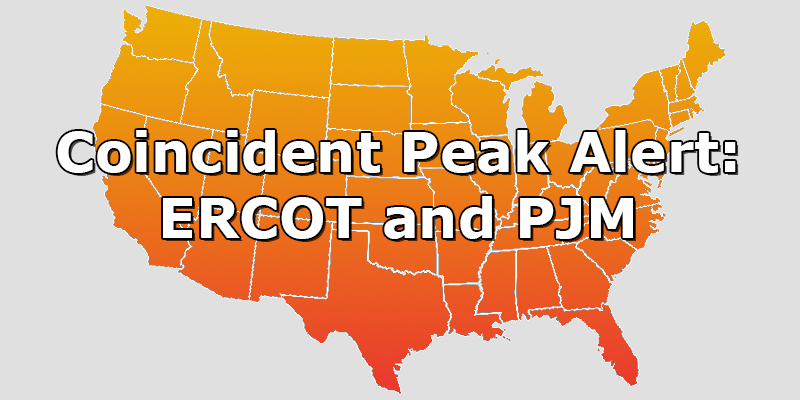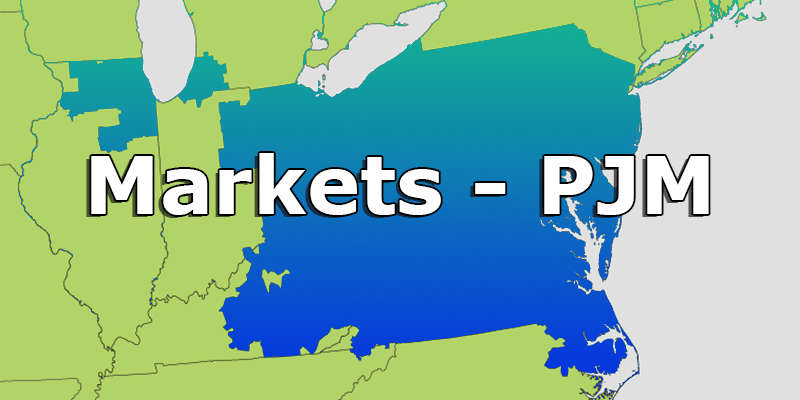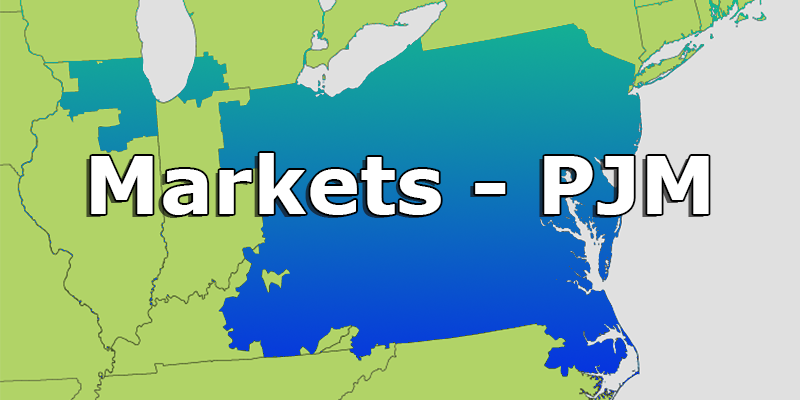A high-pressure system has settled over the Midwest and Mid-Atlantic which will keep temperatures elevated today and tomorrow. These high temperatures will result in PJM and NYISO electric grids being pushed to the max. In NYISO, peak load of more than 29,933 MW is expected beginning at 4:00 PM today. Between 3:00 -5:00 PM, load is forecast at or above 29,700 MW, vs the current 2020 peak of 28,867 MW.
It is important to note that load this morning is coming in ~600 MW higher than yesterday’s projections, which reflects how warm it is in the New York region today. Temperatures in New York City are expected to exceed 95 degrees.








